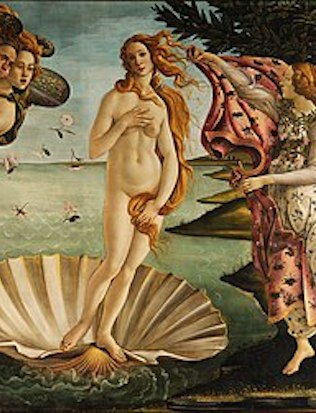When I first studied the history of art, at the Courtauld Institute in London, one of my tutors was the formidable Anita Brookner. Her special subject was French painting of the Romantic period, but it was her approach to art in general that I found enlightening, and eye-opening. I remember one of her instructions in particular: "Always remember, when you're looking at a painting, that every last detail is important: nothing is there by accident." She said this so often, that I came to think of it as her motto. In fact it is a pretty good rule of thumb for anyone who spends much time looking at pictures, and trying to take them seriously.
Artists often reveal their intentions most fully, and express themselves most deeply, in the way they handle the parts of a picture that are most easily overlooked. So what at first sight we take to be the prevailing spirit of a picture, its dominant mood, can drastically change when we notice a single, telling detail that had previously escaped our attention. A good example might be the bloodied axe that lurks in the shadows of Gericault's Raft of the Medusa, sole reminder of the acts of cannibalism carried out by the real men whose survival his picture marks, in such monumental style - a detail which truly does resemble a murder weapon left at a crime scene. Once it has been seen the picture suddenly seems less heroic, and more morbid.
But there are other aspects of pictures that can evade our attention for precisely the opposite reason - not because they have to be hunted out in overlooked corners, but because they are so integral to a painting's construction that we can simply forget to think about them. They too are hidden...


